Volcanoes, the magnificent and awe-inspiring forces of nature, have always captivated the human imagination. From their fiery eruptions to the creation of new landforms, volcanoes are a testament to Earth’s dynamic and ever-changing geology. In recent years, there has been a growing trend in volcano tourism as travelers seek out unique and thrilling experiences in the presence of these geological wonders. This post explores the world of volcano tourism, shedding light on both the risks and rewards of venturing close to active and dormant volcanoes.
Understanding Volcanoes
A volcano is a rupture in the Earth’s crust that allows magma, gases, and volcanic materials to escape from beneath the surface. The eruption occurs when pressure builds up within the magma chamber, leading to the release of molten rock, ash, gases, and pyroclastic flows. Volcanic eruptions can vary in intensity and can have a wide range of impacts, from local disturbances to global climate effects.
Types of Volcanoes
You Can Read Our Another Post The Picturesque Hill Stations of Ooty and Coonoor
There are several types of volcanoes, each with its unique characteristics:
Shield Volcanoes:

Shield volcanoes have gently sloping sides and are typically broad and dome-shaped. They are formed by the gradual accumulation of fluid lava flows, which spread out over large areas. These volcanoes usually have non-explosive eruptions and are found in hotspots like Hawaii and Iceland.
Stratovolcanoes:
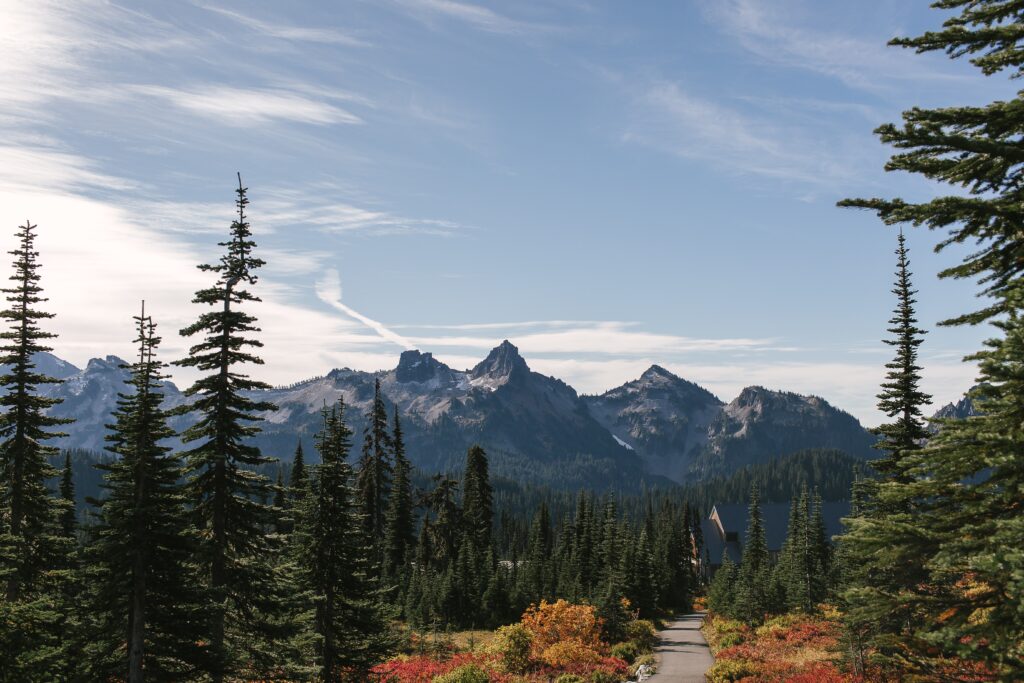
Stratovolcanoes, also known as composite volcanoes, are steep-sided and conical in shape. They are built up by alternating layers of lava flows, volcanic ash, and other volcanic materials. Stratovolcanoes are associated with more explosive eruptions due to the higher viscosity of their magma. Famous examples include Mount Fuji in Japan and Mount Vesuvius in Italy.
Calderas:
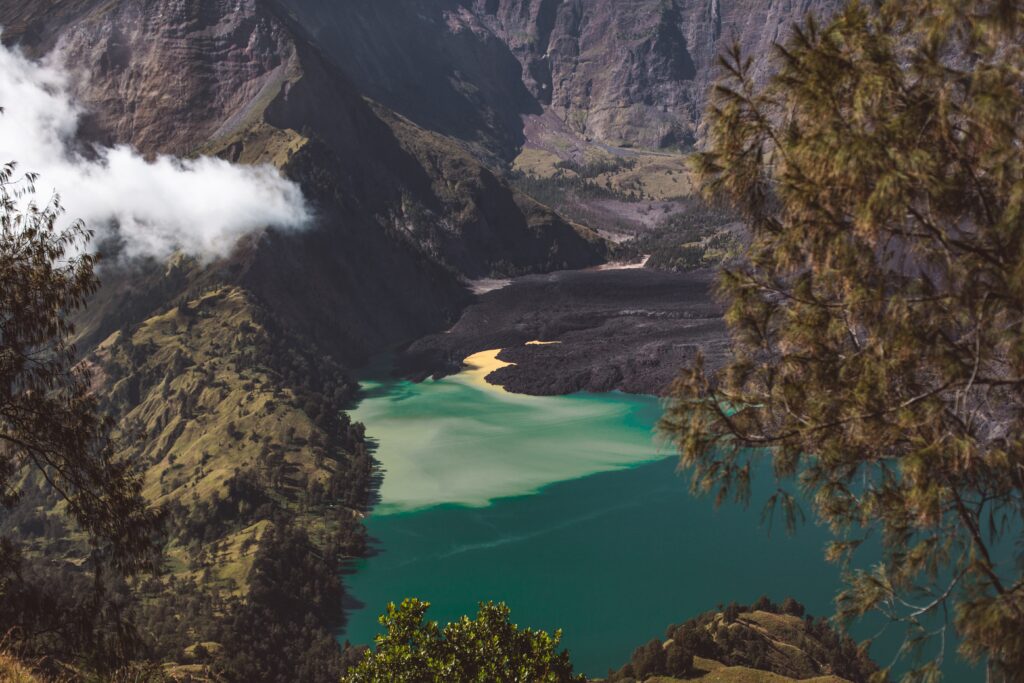
Calderas are large volcanic depressions formed after a massive eruption empties the magma chamber beneath a volcano. The collapse of the ground creates a caldera, which can be several kilometers in diameter. Calderas can remain dormant for extended periods until they potentially become active again. Yellowstone National Park in the United States is home to one of the largest calderas in the world.
The Appeal of Volcano Tourism
Volcano tourism has gained popularity due to the unique experiences it offers. Here are some reasons why travelers are drawn to volcanic destinations:
Natural Beauty and Scenic Landscapes:
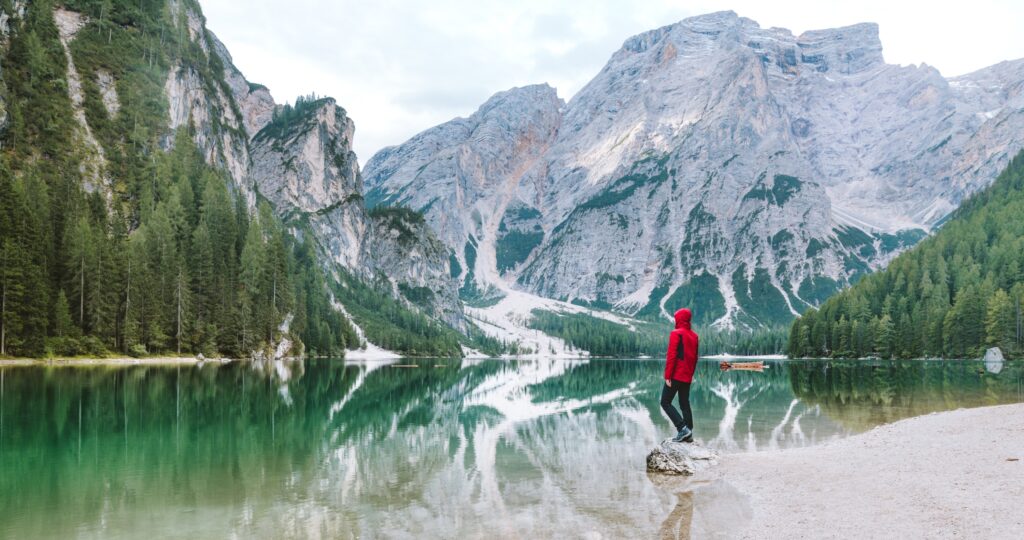
Volcanic landscapes are often breathtakingly beautiful, with their dramatic peaks, lava fields, and colorful mineral deposits. From the lush forests surrounding volcanoes to the lunar-like landscapes found near active craters, these areas provide awe-inspiring vistas that attract photographers, nature enthusiasts, and adventure seekers alike.
Geological Education and Research:
Volcanoes offer an opportunity to learn about Earth’s geological processes and the forces that shape our planet. Volcano tourism allows visitors to understand the formation of different volcanic features, study rock formations, and observe the effects of past eruptions. Researchers and scientists also utilize volcanic sites as living laboratories to study volcanic activity, monitor seismicity, and gather valuable data.
Adventure and Thrill:
For adrenaline junkies, visiting an active or dormant volcano can be the ultimate adventure. Hiking to the summit of a volcano, witnessing bubbling lava lakes or experiencing the rumbling sounds and occasional ash emissions can create a thrilling and unforgettable experience.
Cultural and Historical Significance:
Many volcanic regions are steeped in cultural and historical significance. Indigenous communities often have deep connections to volcanoes, considering them sacred or incorporating them into their mythology and traditions. Exploring these areas provides insights into local cultures, folklore, and traditional practices.
Safety Considerations
While volcano tourism offers incredible experiences, it is crucial to prioritize safety. Volcanic activity can be unpredictable and potentially hazardous. Here are some safety considerations for volcano tourism:
Stay Informed:
Before visiting a volcanic area, gather as much information as possible about its current status and any eruption risks. Consult official sources, such as geological surveys and volcano observatories, to stay updated on warnings, advisories, and evacuation plans.
Follow Local Guidelines:
Respect any safety guidelines or restrictions put in place by local authorities. These may include restricted access zones, recommended hiking routes, and specific safety measures to follow when near volcanic areas.
More: Wanted to download Odisha Magazines, visit here
Engage with Knowledgeable Guides:
Consider hiring experienced guides who are familiar with the terrain, local conditions, and necessary safety precautions. They can provide valuable insights, ensure your safety, and enhance your overall experience.
Be Prepared:
Pack appropriate gear, including sturdy footwear, protective clothing, sun protection, and sufficient water and snacks. Carry a reliable communication device and inform someone about your whereabouts and expected return time.
Respect Nature and Wildlife:
When visiting volcanic areas, respect the environment and wildlife. Do not disturb natural formations, leave only footprints, and follow responsible tourism practices to minimize your impact on delicate ecosystems.
Notable Volcano Tourism Destinations
Hawaii, USA:
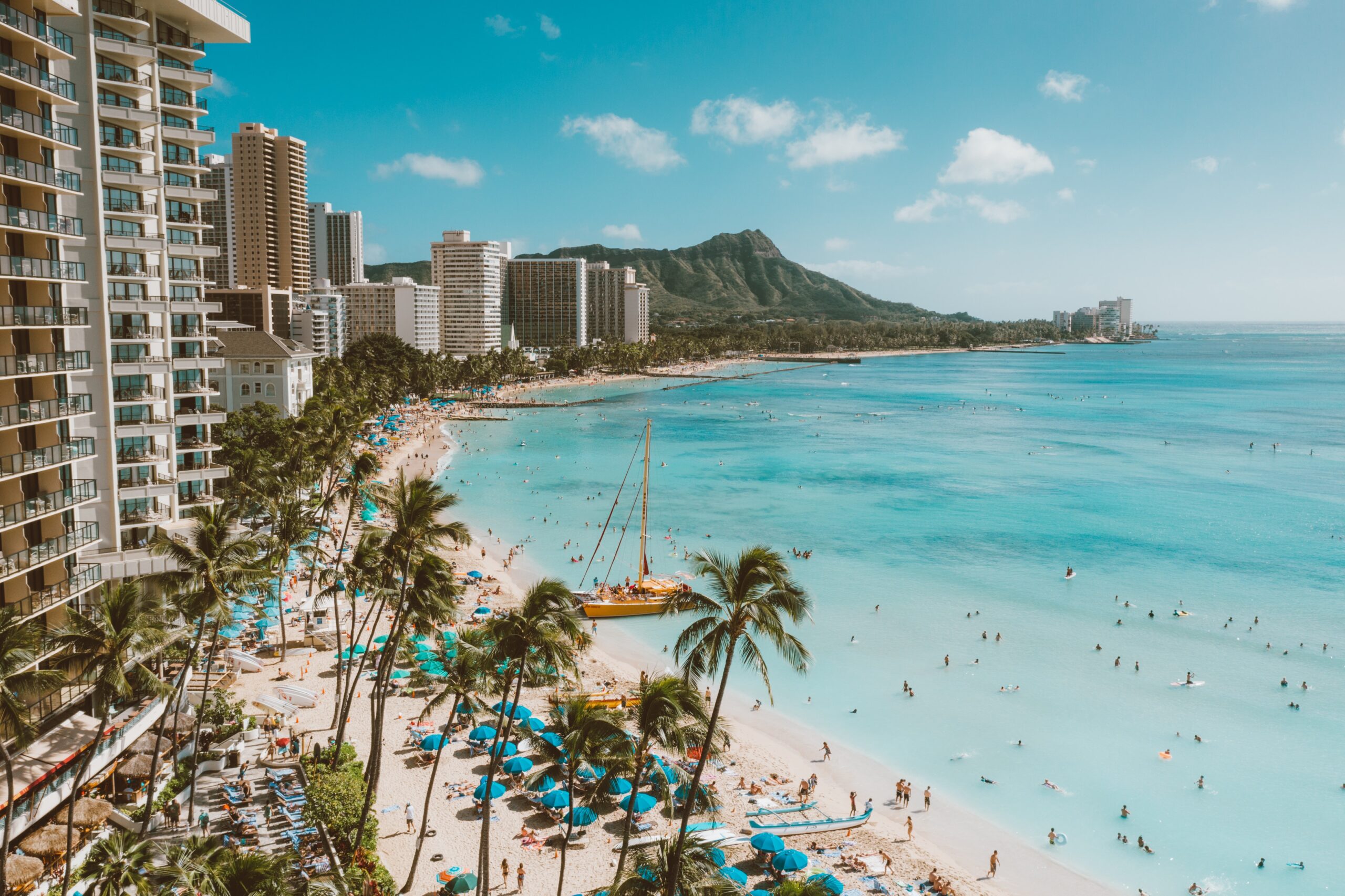
The Hawaiian Islands are renowned for their active shield volcanoes, such as Kilauea and Mauna Loa. Visitors can witness lava flows, explore volcanic craters, and even take helicopter tours for a bird’s-eye view of the volcanic landscape.
Mount Etna, Italy:
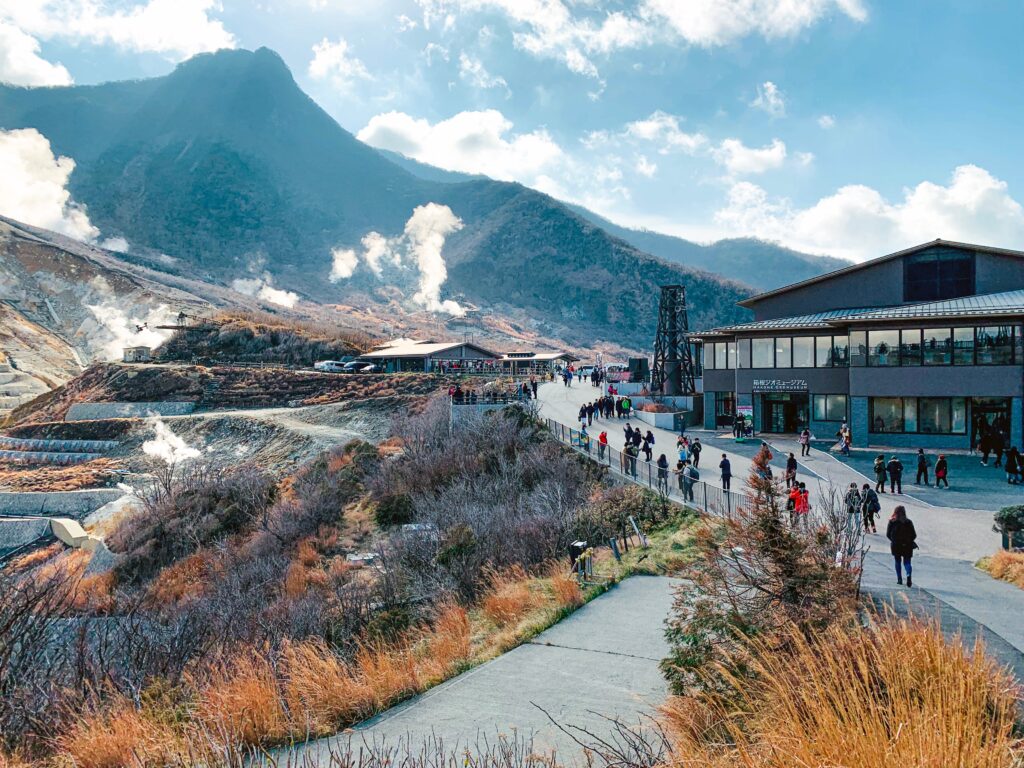
Located in Sicily, Mount Etna is one of the most active stratovolcanoes in the world. Guided tours allow visitors to hike to the summit, observe volcanic activity, and learn about the history and geology of the region.
Arenal Volcano, Costa Rica:
Arenal Volcano in Costa Rica offers a unique combination of adventure and relaxation. Visitors can hike through lush rainforests, soak in natural hot springs, and even witness occasional nighttime eruptions.
Mount Bromo, Indonesia:
Mount Bromo, located in the Bromo Tengger Semeru National Park, is famous for its stunning sunrise views and otherworldly landscapes. Travelers can hike to the crater rim, ride horseback across the volcanic sand, and capture breathtaking photos.
Santorini, Greece:

Santorini is not only famous for its whitewashed buildings and stunning sunsets but also for its volcanic history. The island is the result of a massive volcanic eruption that occurred centuries ago. Visitors can explore the caldera, visit volcanic beaches, and learn about the island’s geological past.
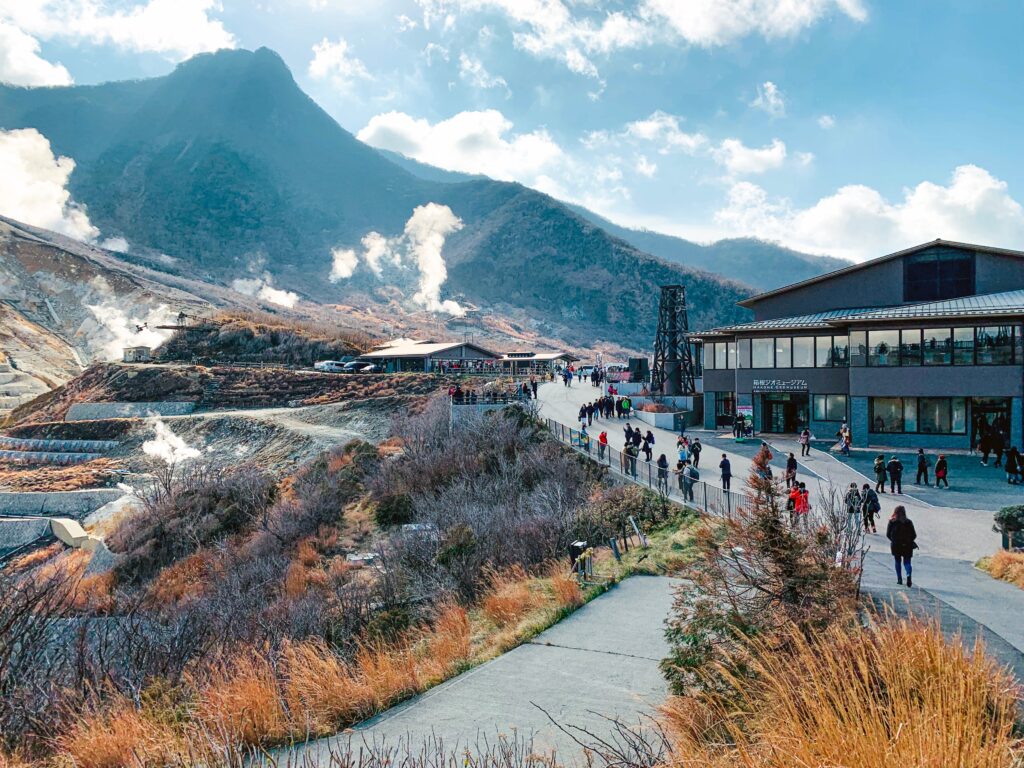
In conclusion, volcano tourism offers an opportunity to connect with the Earth’s geological wonders and experience the raw power of nature. It allows travelers to witness stunning landscapes, delve into geological education, embark on thrilling adventures, and appreciate the cultural and historical significance of volcanic regions. However, it is essential to prioritize safety, stay informed, and respect the guidelines set by authorities. With proper precautions, volcano tourism can be a transformative and unforgettable experience that deepens our understanding and appreciation of our dynamic planet.

